 Wallbarn’s pads ... allowing free drainage.
Wallbarn’s pads ... allowing free drainage.
Roofs needs the right kind of protection and a useful way to ballast insulated flat roofs, is to lay paving slabs onto paving support pads.
Wallbarn Limited from the UK supplies a whole range of support pads designed to lift the paving slabs off the waterproofing and insulation layers to allow free drainage in between and below the slabs into a suitable outlet.
“These pads will bear the weight of the slab without digging into the membrane below. They are stable and extremely tough, able to tolerate loadings of 400 kg per pad (rubber pads tolerate up to 8 tonnes per pad), withstanding even the heaviest pedestrian traffic on the deck,” says Julian Thurbin of Wallbarn.
The positioning lugs act as a guide when laying paving, ensuring fast, uniform installation of slabs. The slabs do not need to be bedded into sand and cement; their weight holds everything in place. Individual slabs can be taken up and replaced at any time with minimal disturbance.
“This system of paving means that rainwater will not pond on the surface. It can be directed beneath the slabs, though channels in the deck and into containment tanks. This “grey water” is therefore not lost, and can be recycled, a major cost and environmental benefit,” says Thurbin.
A variety of different support pads are available from Wallbarn, depending on the membrane used beneath, levels of anticipated rainfall and the envisaged use of the roof or walkway. Attractive features can be created by laying lighting beneath the drainage gaps, and unsightly items like pipes and cables can be hidden beneath.
Support pads are also available for installing timber decking. Flat-headed supports are fixed to a joist framework, and the timber decking can be secured on top.
By using this system, developers can not only achieve the correct ballasted roof, but can also open up an otherwise “lost” area for leisure purposes, he says. Balconies and terraces can be created at very little effort and cost, enhancing the value and beauty of the building immensely.








.jpg)



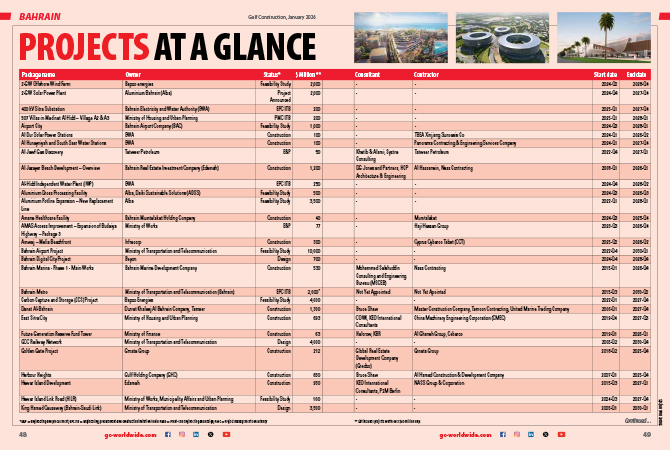
.jpg)

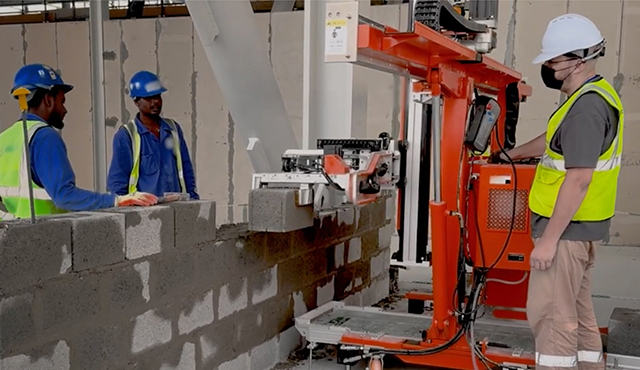

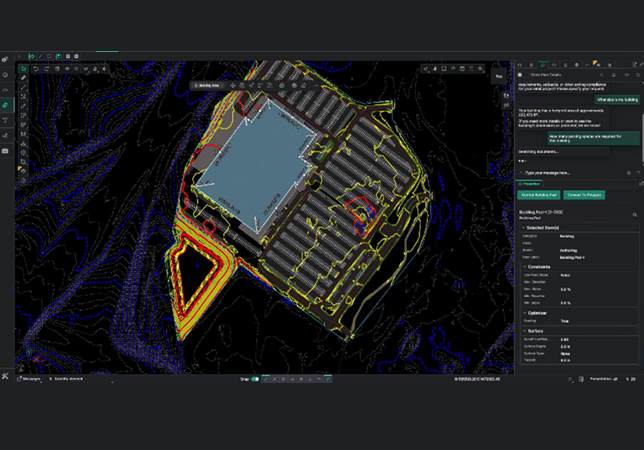






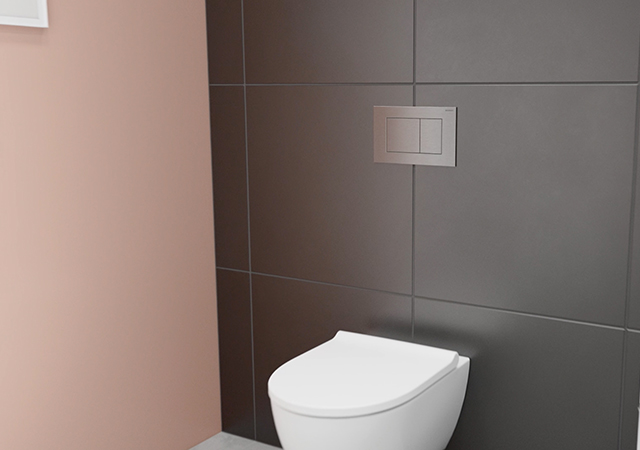
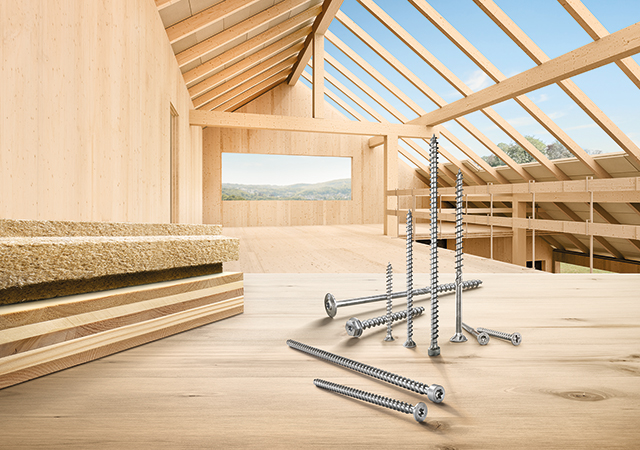



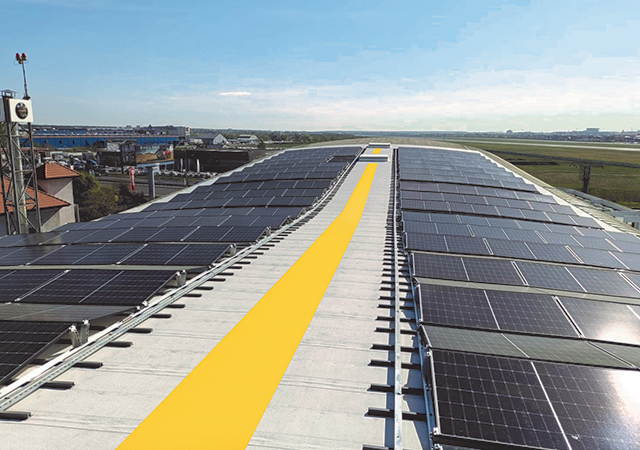
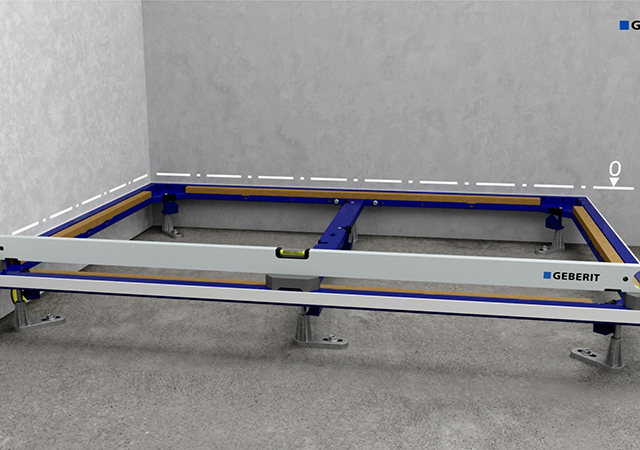






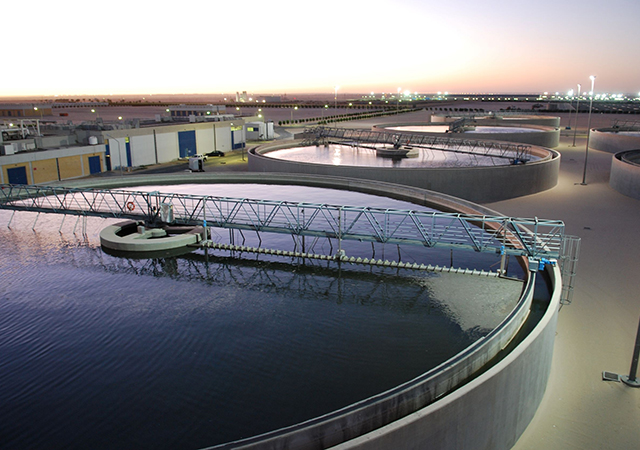




.jpg)
































